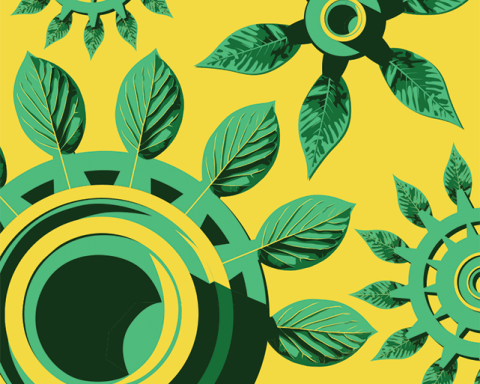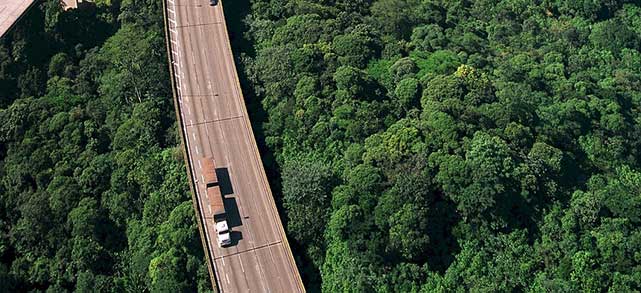The company that stands above all others in this year’s Corporate Knights Global 100 ranking is a firm that has been at the forefront of the sustainability movement for decades, and that continues to stay ahead of the curve.
Westpac Group is Australia’s oldest bank – in fact, one of the country’s oldest companies with roots tracing back to 1817. Its latest annual report boasts that between 2012 and 2013 its customer base rose from 11.8 million people to 12.2 million, its profits climbed from $5.97 billion Australian to $6.82 billion, and its return on equity increased from 14 per cent to 15.4 per cent.
But it also notes that the bank’s emissions from in-house activities and energy purchases in Australia and New Zealand fell from 183,937 tonnes CO2-equivalent to 180,862 tonnes, while its total indirect emissions (excluding energy purchases) were reduced from 91,855 tonnes to 85,013 tonnes. At the same time, the use of office paper fell from 1,579 tonnes to 1,523 tonnes.
Westpac is not perfect – the percentage of its pre-tax profits going to community investment dropped from 1.5 in 2012 to 1.33 in 2013 – but it has demonstrated its ability to challenge itself, measure its progress and provide transparency in terms of both its successes and shortcomings.
In 1992, Westpac became the first of Australia’s four major banks to publish an environmental policy. In 1997, it was the first to create a formal community-volunteering program, and in 2001 it established a board committee dedicated to sustainability. A year later, the bank became the first of its peers to publish a sustainability report and to establish a sustainable supply chain policy. It endorsed the UN principles for responsible investment in 2007, and in 2008 launched a five-year climate change strategy.
These actions have produced results. Between 1996 and 2008 the bank reduced its emissions by more than 40 per cent. It recently became a carbon-neutral operation.
Last February, after much thought, Westpac took its sustainability ambitions a step further and launched a new strategy for 2013 through 2017 that includes 10 measurable goals in what it deemed to be three areas of priority: improving the way people work and live, finding solutions to environmental challenges, and helping customers to have a better relationship with money.
The resulting “sustainability scorecard” for the coming years was the outcome of much brainstorming and work by both the bank’s sustainability people and its senior leaders.
“It was time to really take it up to the next level and look at the future and understand what are the emerging issues,” says Siobhan Toohill, Westpac’s head of sustainability.
The work involved a thorough assessment of what Westpac sees as the key issues that will emerge over the next 30 years. The 10 objectives it set include extending the length and quality of working lives, anticipating the future needs of aging and culturally diverse customers, providing products and services to help customers adapt to environmental challenges, and increasing lending and investment in clean technology and environmental services.
Westpac is already making progress toward its new goals. The proportion of women in its leadership ranks has risen to 42 per cent, up from 40 per cent in 2012 and 35 per cent in 2010. It has earmarked $6 billion for lending and investment by 2017 in clean technology and environmental services (including renewable energy, water efficiency and waste management activities), which amounts to a doubling of its current investment in the sector. And it has recently introduced new technology to further reduce wasted printed paper.
The bank is now trying to lower its electricity consumption at both its retail and commercial sites by 10 per cent per square metre, make its data centres more efficient and increase the recycling rate at its head office in Sydney to 75 per cent. It is also at the forefront of the burgeoning social investment sector, and has begun spending much time on social impact evaluation.
Westpac recently led a consortium with the Commonwealth Bank of Australia and the Benevolent Society (Australia’s first charity) that won a tender from the New South Wales government to issue a $10-million five-year social benefit bond.
Funds from the bond, issued in early October, have been used to create a service called Resilient Families, which will seek to reduce the number of children who wind up in foster care. The senior tranche of the bond will return anywhere from zero to 10 per cent per year, depending on how successful the program is at preserving families, with the returns being paid from the funds the government will save on foster care.
“We see this broader area around impact investing growing, and we’re excited to be at the front end of helping to design initiatives,” Toohill says.
Click here to go back to the ranking landing page.







